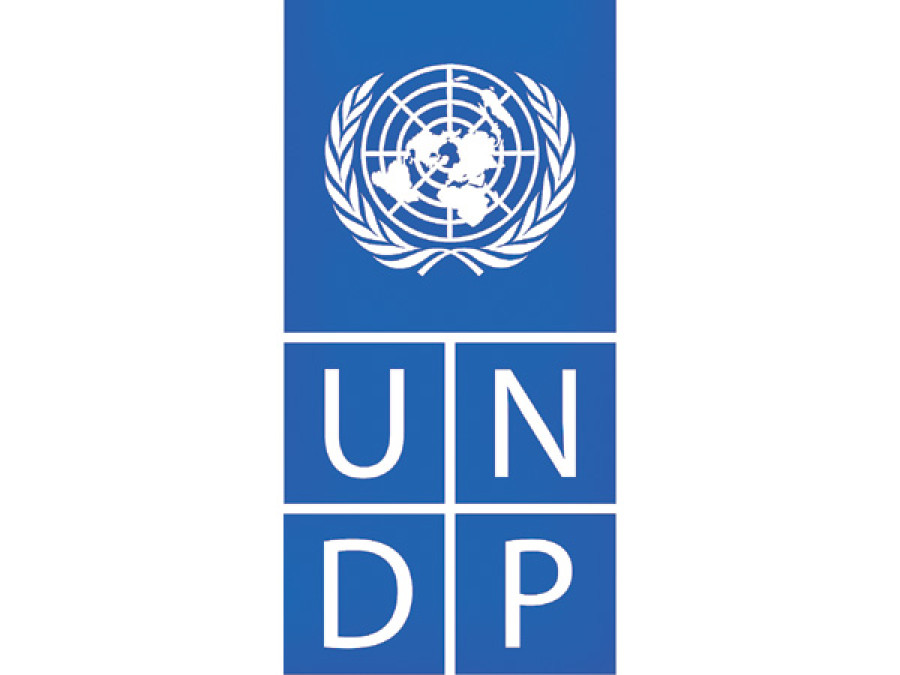Money
‘Nepal yet to localise SDGs’
Nepal, one of the first countries in the world to prepare a preliminary national report on implementation of the Sustainable Development Goals (SDGs),
Nepal, one of the first countries in the world to prepare a preliminary national report on implementation of the Sustainable Development Goals (SDGs), is yet to come up with a comprehensive plan that is essential to roll out programmes at the local level to meet those goals, the United Nations has said.
“Although the UN has not issued a deadline to individual nations to localise SDGs, it would be better if countries could set national priorities as early as possible, because the clock has already started ticking,” United Nations Development Programme (UNDP) Deputy Country Director Sophie Kemkhadze told reporters during an interaction organised by the Society of Economics Journalists-Nepal on Monday.
Localising SDGs refers to the process of setting national priorities; making institutional arrangements, enhancing capacity at the local and regional levels, and arranging financial resources to achieve the SDGs, and framing indicators to measure and monitor progress of programmes that have been implemented to meet them.
Countries such as Indonesia, Malaysia and Pakistan have moved “way ahead in terms of localising SDGs”, according to UNDP Nepal Senior Economist Basudeb Guha-Khasnobis. Among least developed countries, Bangladesh, Cambodia and Laos are ahead of Nepal in terms of localising SDGs, he said. “So, Nepal should act fast.”
The National Planning Commission (NPC), which is taking the lead in SDG implementation in Nepal, however, does not agree with the UNDP.
“We were one of the first countries in the world to prepare a preliminary national report on SDGs. This was quickly followed up by matching priorities with the budget,” said NPC member Swarnim Wagle, one of the architects of the preliminary national report on the SDGs.
He, however, admitted that much needs to be done. “We hope the process will gather speed once the task of setting up local bodies is over,” Wagle said.
The SDGs—a follow-up on the Millennium Development Goals (MDGs) that expired at the end of 2015—are a set of 17 goals and 169 targets covering a broad range of sustainable development issues. These goals have to be achieved by 2030.
One of the primary objectives of the SDGs is to end poverty and hunger from the world. The SDGs also aim to promote well-being of all the people, sustainable industrialisation, inclusive and sustainable economic growth, and employment and decent work for all. Other goals include: reducing inequality; making cities inclusive, safe and resilient; ensuring sustainable consumption and production patterns; and taking urgent actions to combat climate change and its impacts.
In short, the SDGs aim to bridge inequality of all forms, raise access to basic public services, ensure access to justice and promote sustainable economic development.
“One of the biggest differences between MDGs and SDGs is that integrated approach was missing in MDGs,” said Kemkhadze. In other words, efforts to attain eight different MDGs were being made “in silos”. But SDGs, unlike MDGs, are not stand-alone goals. This means achievement or underachievement of one goal may prevent a country from achieving several other goals.
“Also, the governance part was missing from MDGs,” said Kemkhadze. For instance, bringing down absolute poverty to a certain level may not be the end in itself. This implies systems should be put in place to sustain the achievements made in poverty reduction, according to Kemkhadze. “This is another big difference between SDGs and MDGs,” she added.
Although achievement of all the MDGs is expected to change the face of the country, meeting all these goals is likely to be much challenging.
At present, neither the government nor the UN knows how much the country needs to spend to meet the SDGs.
“But [Nepal] should keep in mind that financial resources provided by development partners alone may not be sufficient to meet all the SDGs,” said Kemkhadze.
“This means fund should be mobilised through alternative and innovative sources; and the private sector can play a big role here.”




 12.12°C Kathmandu
12.12°C Kathmandu














